In TikTok’s latest viral beauty trend “the morning shed,” beauty influencers “shed” hair and skin products that have been worn overnight. These include hair styling items, skin masks and creams, and physical products such as chin straps and mouth tape, which are intended to help with breathing through the night and keep away the drooping of the jaw that happens with age.
While this trend has come under fire for alleged unsustainability and over-consumerism, it is only the latest beauty fad in a long line of time and money consuming “hacks” that women have been undertaking for centuries. From tapeworms to tuberculosis, women have taken part in a laundry list of beauty hacks in order to meet appearance ideals, many of which have been dangerous, painful and even deadly.
As far back as the ancient Egyptians, women ground up toxic substances to make eyeliner and eye shadow. These were dangerous when inhaled as a powder (such as during the grinding process) and could cause irritation of the skin when applied. And yet somehow, heavy metal poisoning is among the least dangerous of these historic beauty trends.
Ready to make a change? The Quarter Life Glow-up is a new, six-week newsletter course from The Conversation’s UK and Canada editions. Every week, we’ll bring you research-backed advice and tools to help improve your relationships, your career, your free time and your mental health – no supplements or skincare required. Sign up here to start your glow-up at any time.
In China, foot binding is an example of a painful and life altering treatment first recorded around the 10th century. The feet were usually bound before the arch of the foot had developed (aged four to nine).
The process involved forcefully curling the toes towards the sole of the foot until the arch broke then the foot would be tightly bandaged to keep it in this position. Small feel were coveted at the time. Thankfully, this practice was banned in the early 1900s after almost 200 years of opposition from both Chinese and western sources.
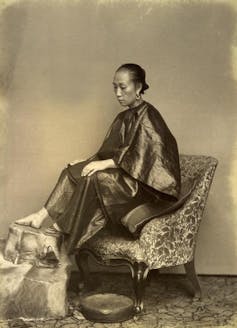
Wikimedia, CC BY-SA
In Europe, the Renaissance period saw a new wave of beauty hacks, from arsenic baths (which bleach the skin to a near translucent white) to Belladonna drops (literal poison) used on the eyes to induce an aroused or watery-eyed look. Many women who used these tactics ended up poisoned or blind.
During the reign of Elizabeth I, the “English rose” look was all the rage. Women would blood let for a perfectly pale pallor, or paint their faces with “Venetian ceruse” or “Venetian white” – otherwise known as lead paint. The use of Venetian ceruse is one of the suspected causes of death of Elizabeth I.
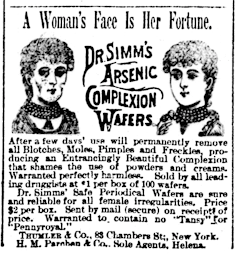
Wikimedia
In the Victorian era and early 1900s, women often engaged in dangerous practices to achieve the coveted pale skin, red lip and small waist that was the height of fashion. This aesthetic could be achieved by contracting tuberculosis (a lung infection that was often fatal), taking tapeworm pills, consuming mercury to look forever young, or chewing arsenic wafers to make skin pale.
My own research has shown that sociocultural pressures to look a certain way are experienced differently across the world. I found that white western women experience some of the highest appearance pressures, followed by east Asian women. Although these decline a little with age for white western women, they persist in Asian women and never reach the lower levels seen elsewhere. I found the lowest levels of sociocultural pressure and the highest levels of body appreciation in Nigeria.
As the “morning shed” proves, women still go to great lengths to meet culturally shaped standards, particularly under conditions of higher economic inequality – something that is getting worse in many countries. For example, in the United States, cities which have higher economic inequality see higher spend on beauty products and services, such as beauty salons or women’s clothing.
With the advent of social media, especially short-form content like TikTok, Reels and YouTube Shorts, the speed at which beauty trends rise and fall has been expedited and globalised. These trends range from the painful lip suction women undertook to get big lips like the celebrity Kylie Jenner, to the normalisation of botox and fillers, to laser hair removal of every unwanted follicle.
The “morning shed” is just the latest evolution in skin care trends, which started as health-focused, with an emphasis on sun protection and moisturisation. It has since morphed into a study in over-consumption and over-commitment of time and money in the pursuit of staying ever youthful.
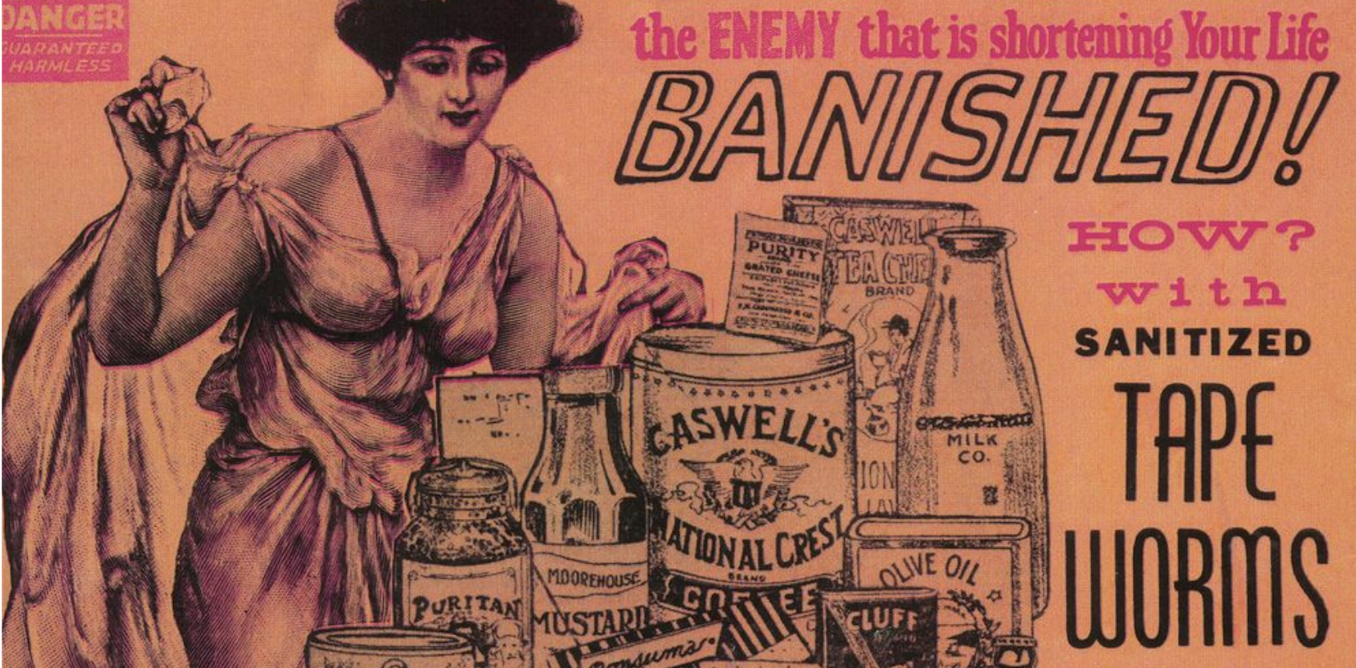
The post “a brief history of the sometimes dangerous lengths women have gone to to look beautiful” by Louise N Hanson, PhD in Social and Developmental psychology, Durham University was published on 04/08/2025 by theconversation.com






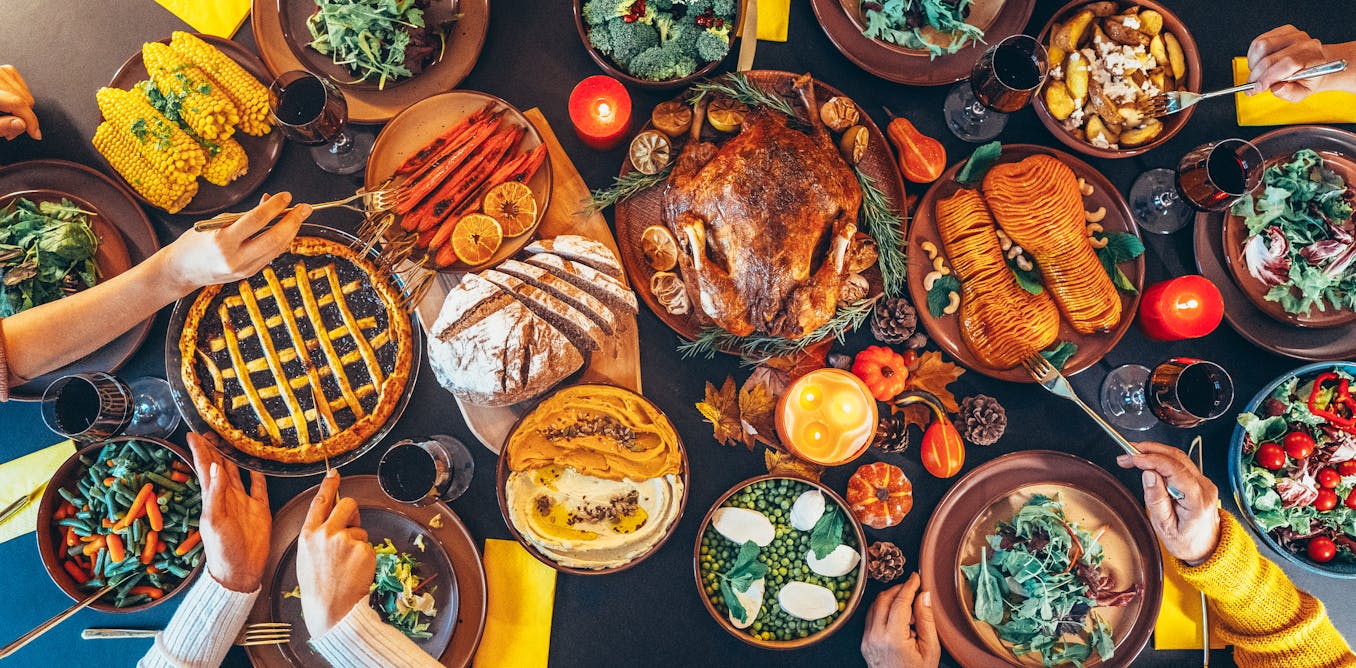

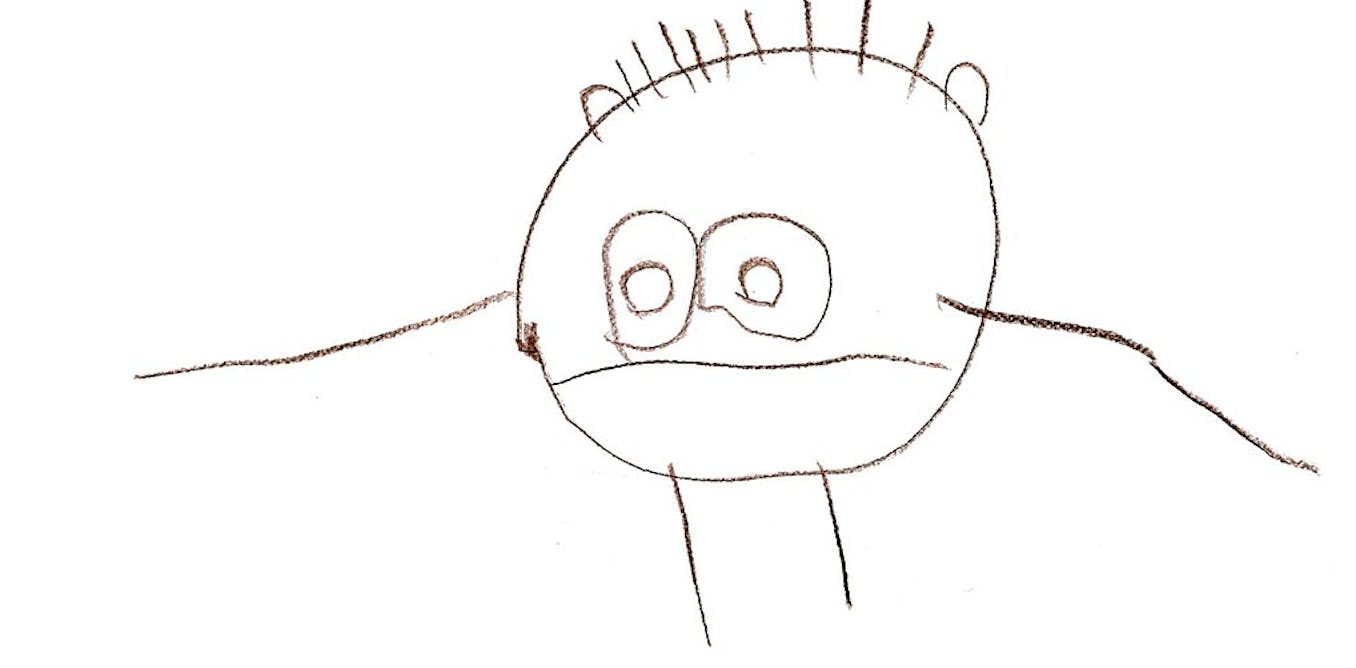
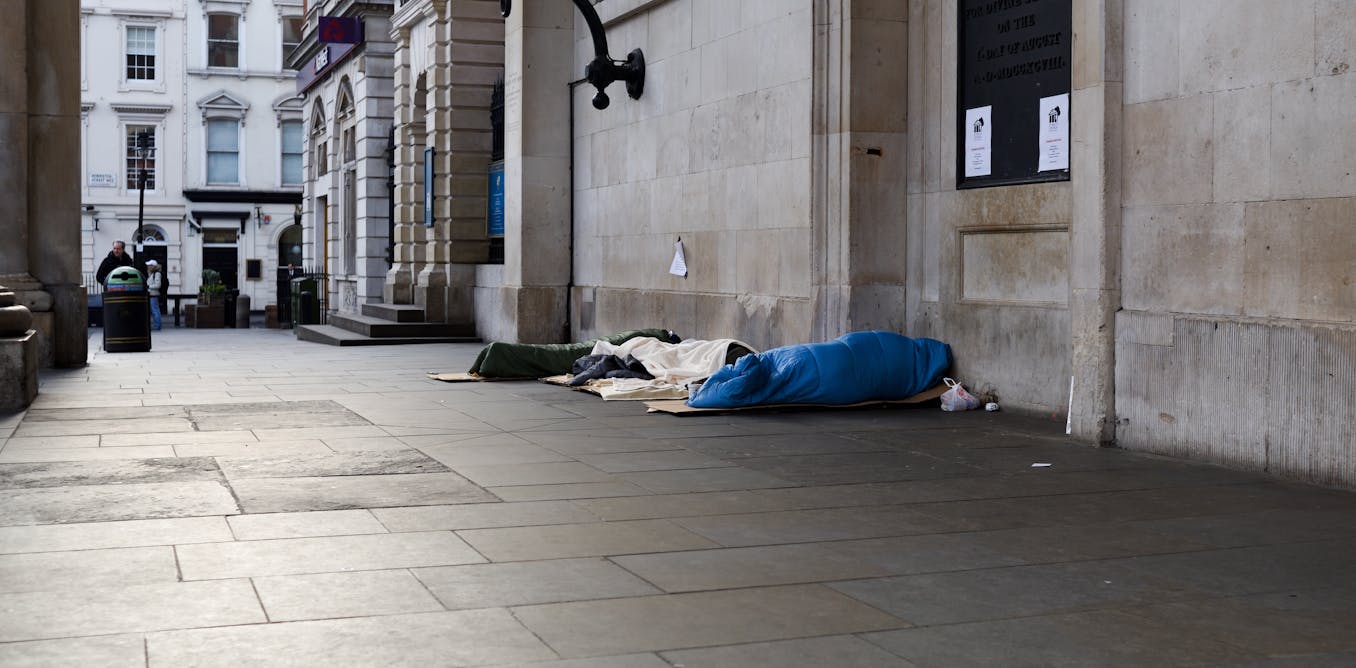
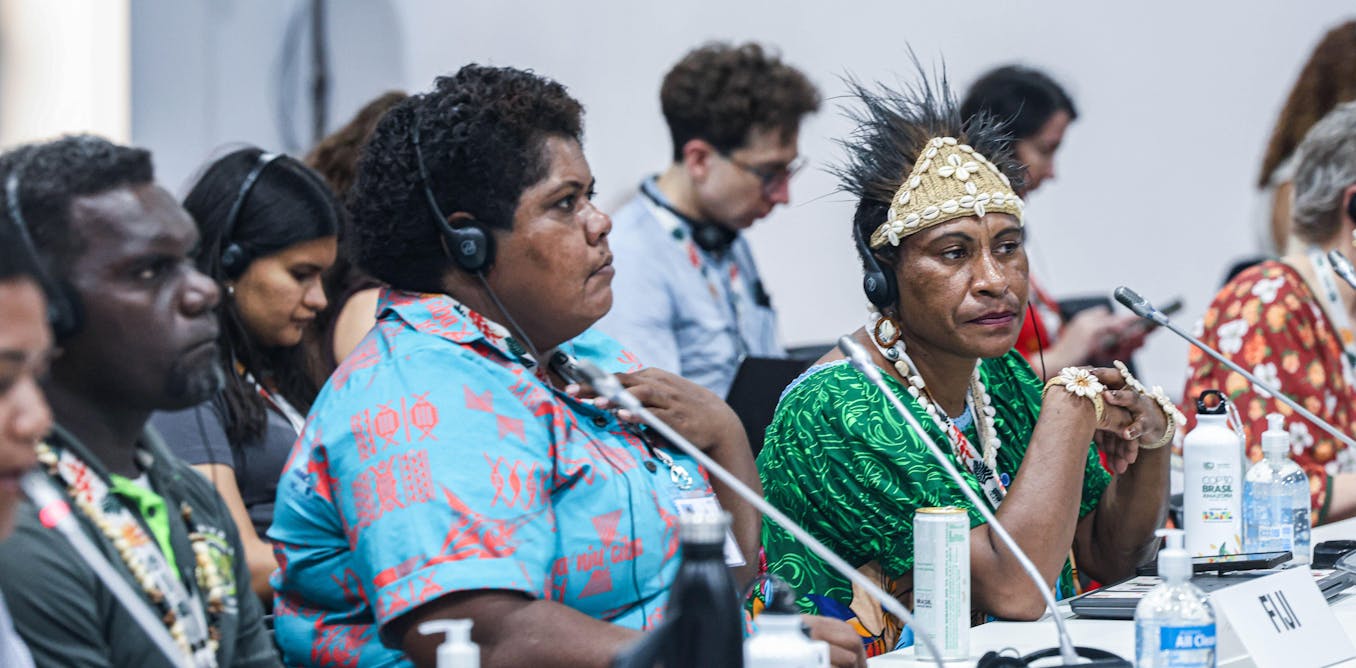
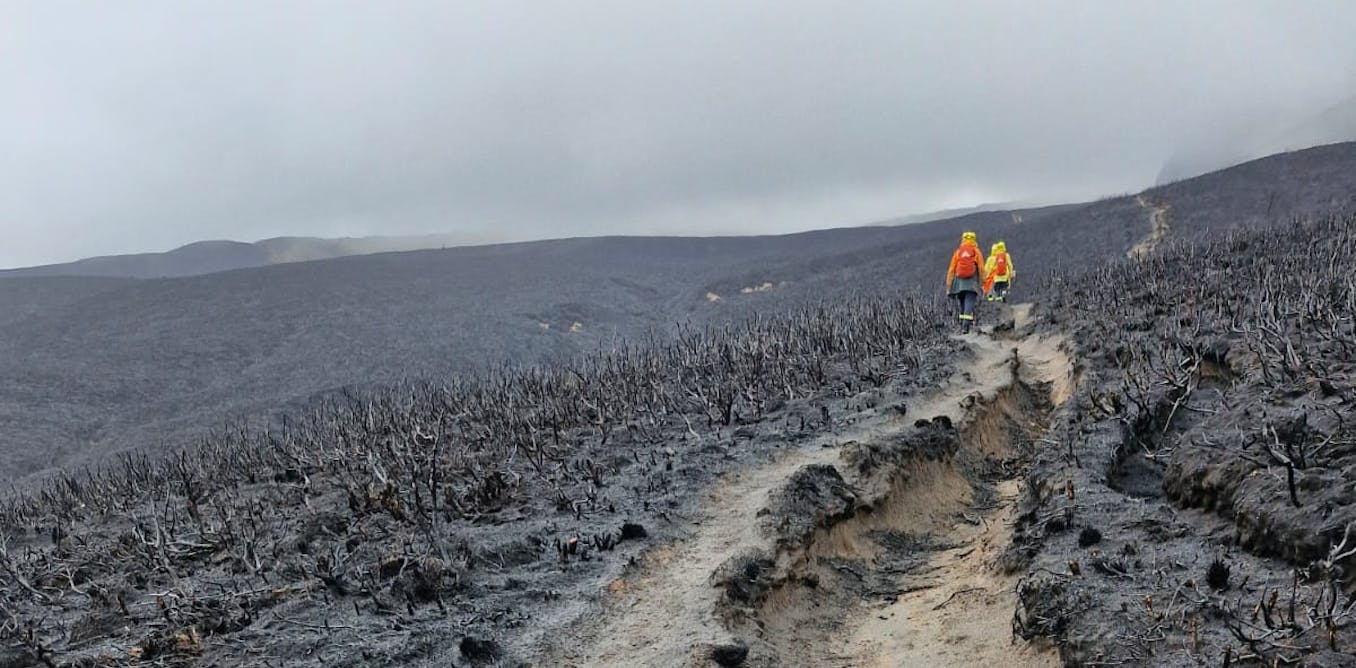

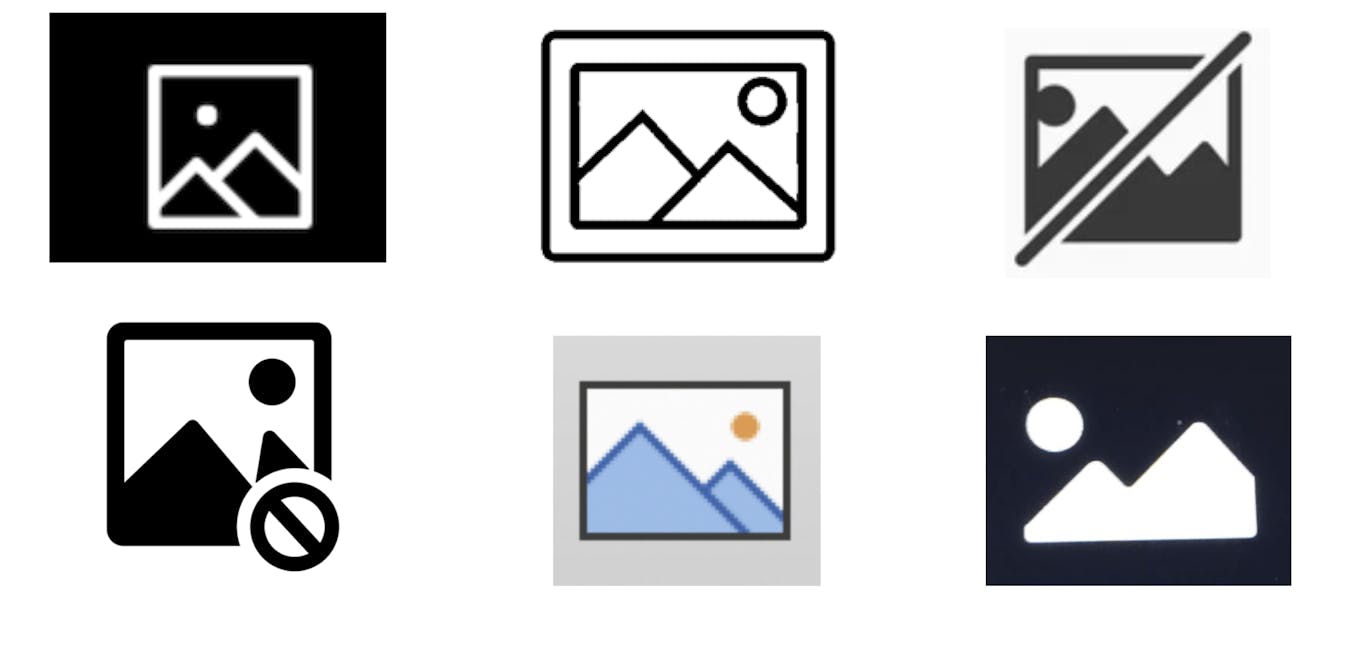






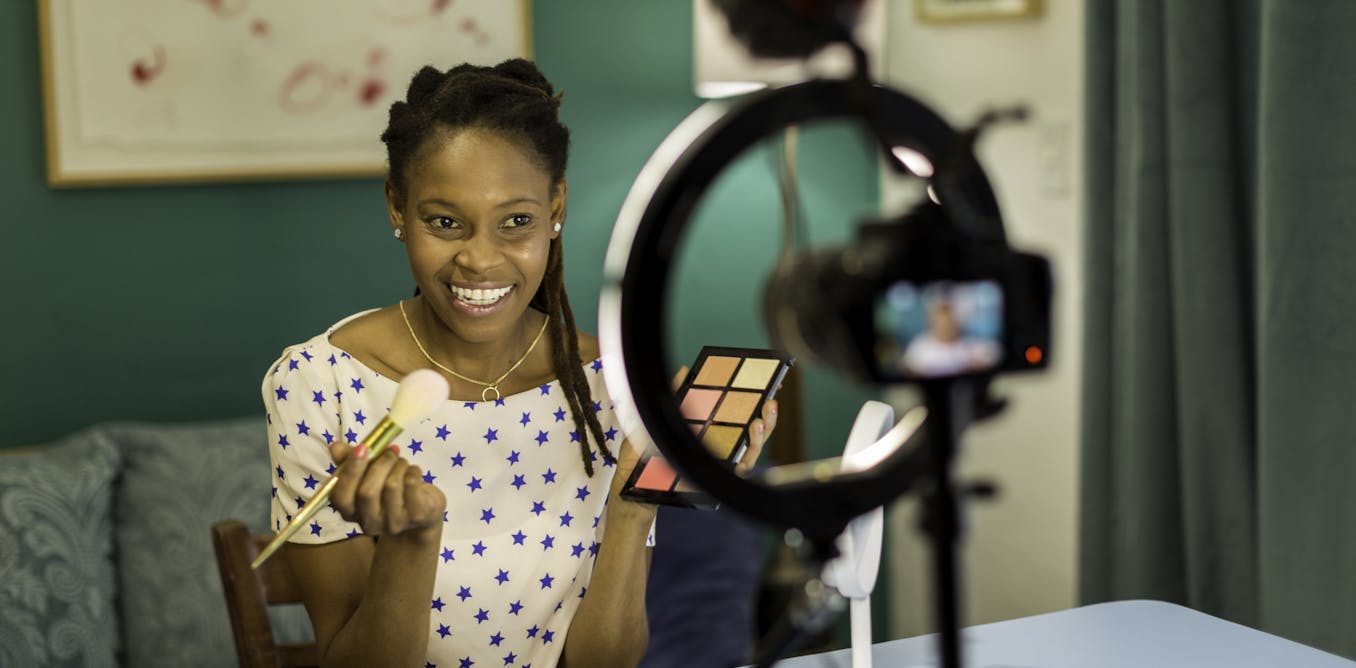









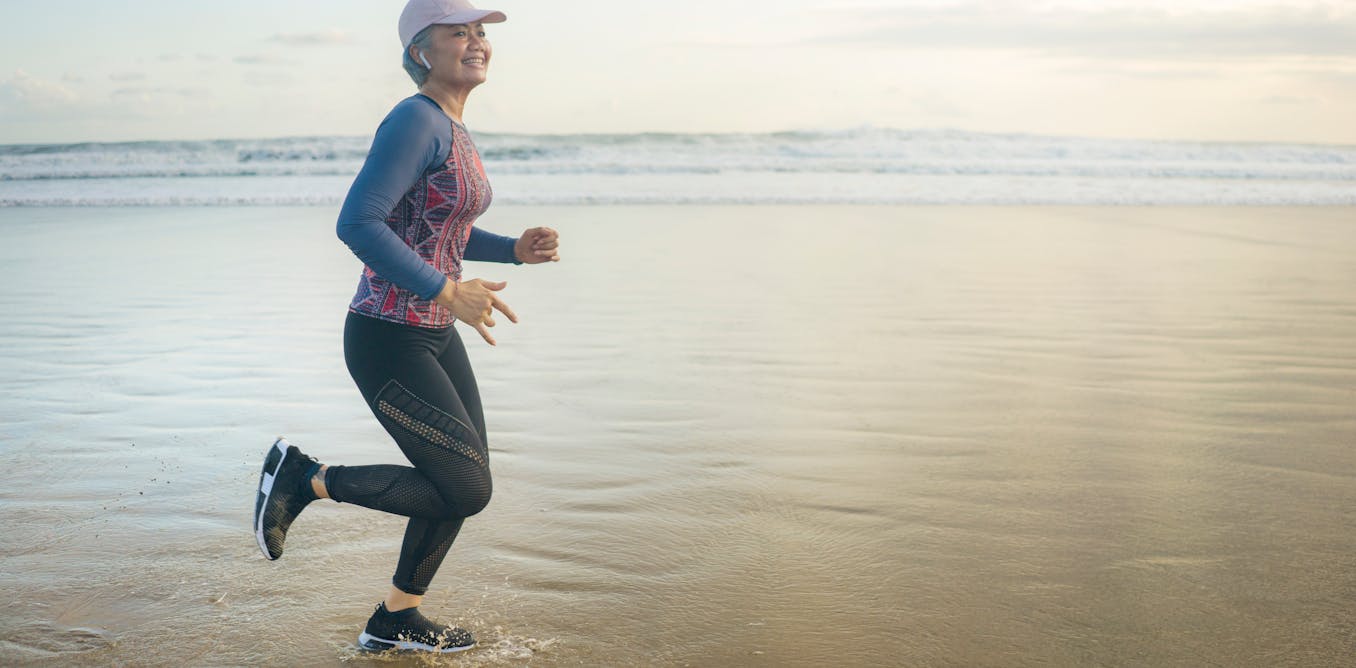
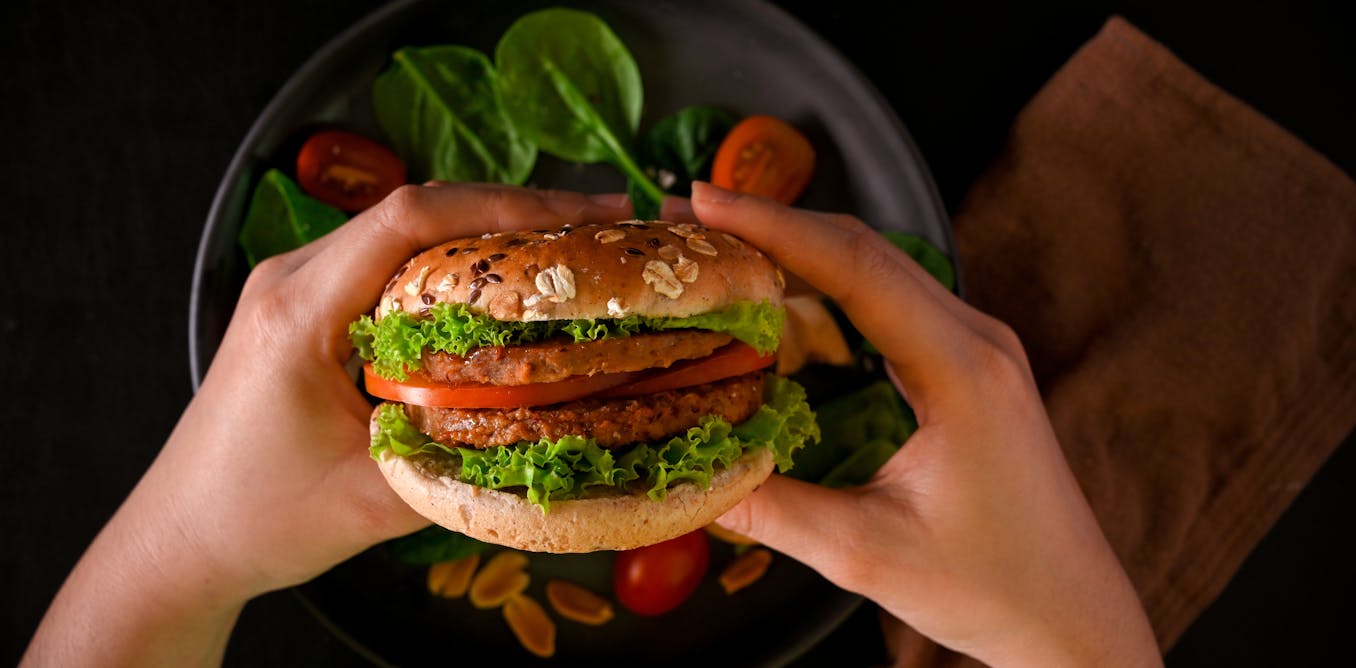
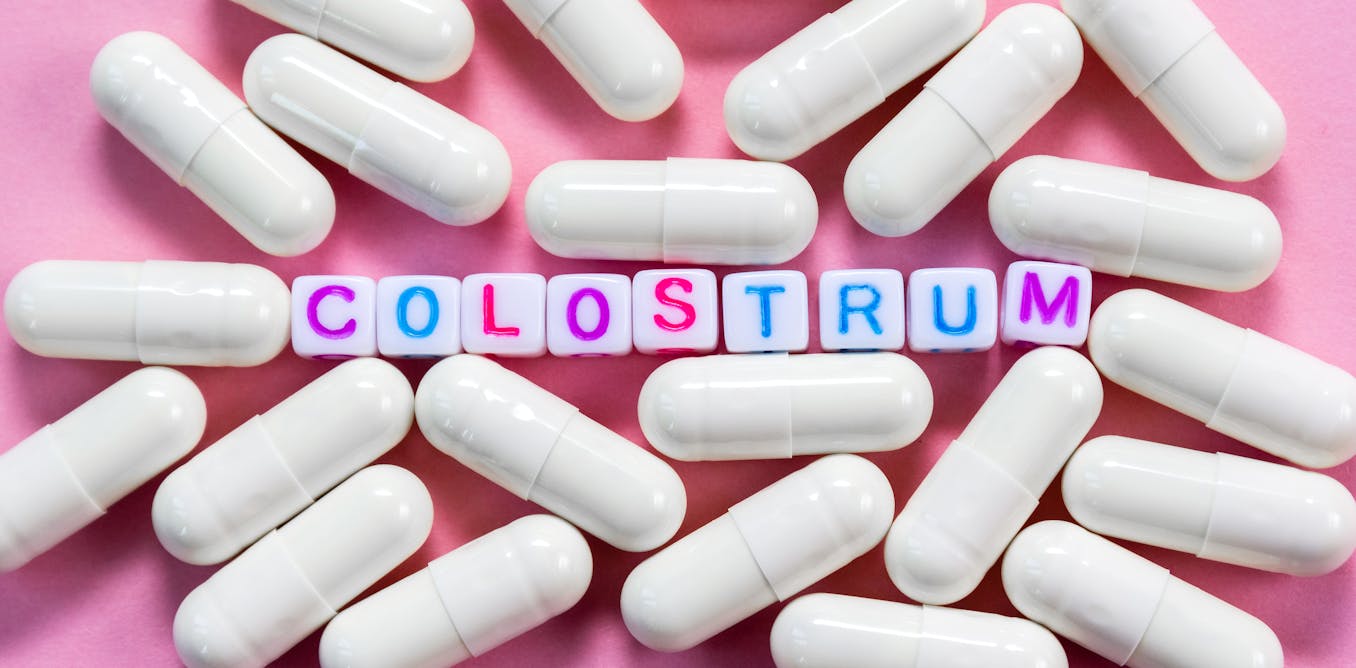

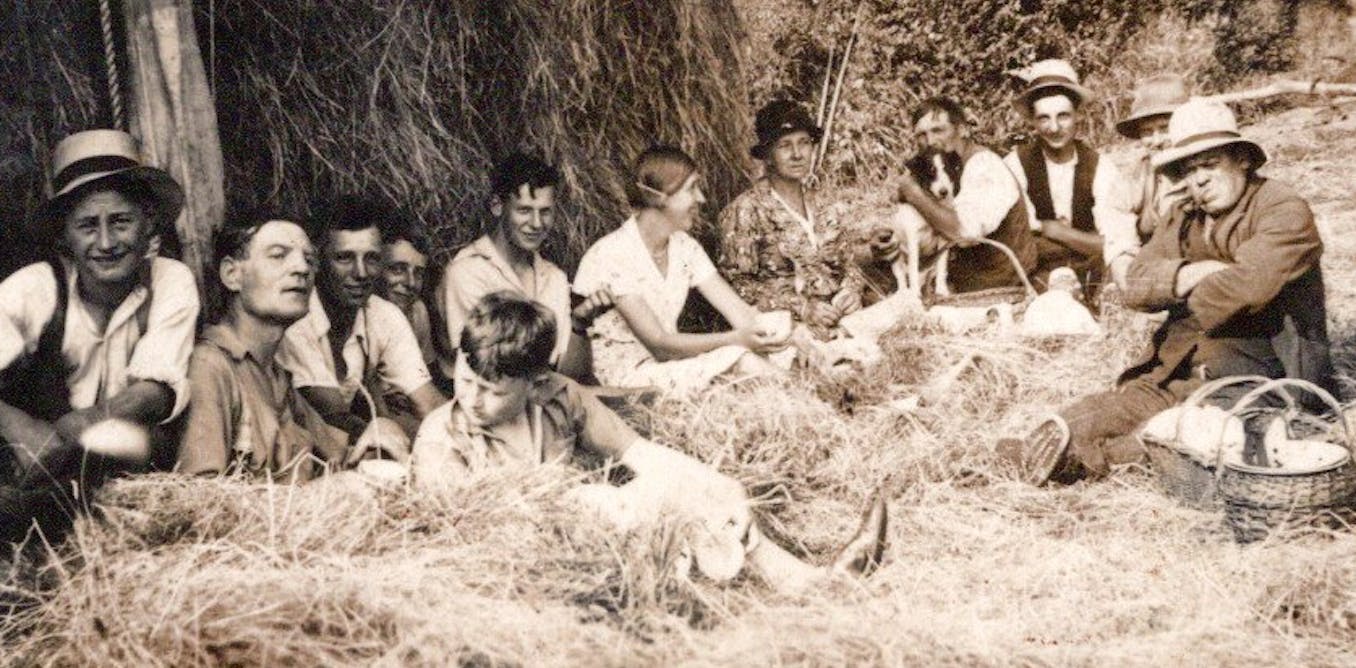

Leave a Reply